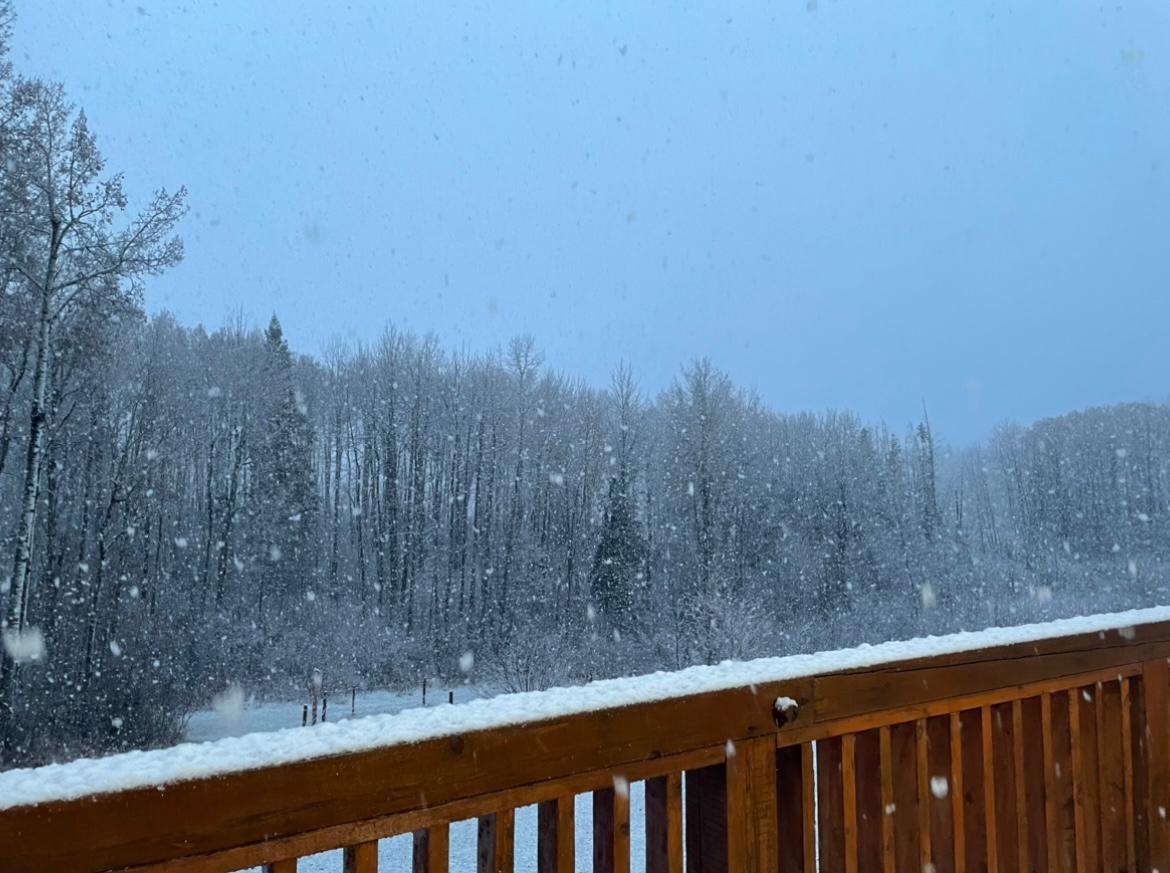Depending on where you live overwintering your chickens successfully can be very complicated and a little scary. From our experience and research, we learned that chickens are much hardier than most people expect. Most regular or large size chickens can withstand cold winters without supplemental heat but, if you would like winter egg laying, then several winter techniques are needed. Supplemental lighting to provide a light/dark schedule similar to other times of the year seems to be necessary for winter laying. In addition, many chicken keepers also feel that supplemental heat aids in egg laying.
Personally, we found that supplemental heat helped our chickens look more comfortable and energetic in our cold winters. We definitely agree that chickens are hardy and we didn't want to disrupt their natural adaptations, so we set our supplemental heat to come on if the inside coop temperature drops below -13C.
Another tricky subject in cold winters and more humid environments, is to prevent frostbite on the combs, wattles and feet of your chickens. Although minor frostbite seems to cause little distress to the chicken, major frostbite can be very serious and even result in loss of toes or feet. Frostbite in chickens tends to entirely related to the humidity within the coop. To keep the humidity low (in relation to the outside ambient humidity) the key is to install ventilation in the coop.
Fresh, unfrozen water is important for all living organisms. There are a variety of chicken waterers with heating mechanisms available at most feed stores ranging from heated pet bowls to heated chicken nipple waterers. Our choice has been a heated pet bowl and then a 5 gallon pail with cross nipples around the bottom with a bird bath heater submersed.
The last problem that comes up is frozen eggs! The easiest solution is to collect your eggs as often as possible throughout the day. Another trick we have found is to not have rollaway nest boxes. This means the eggs stay in the nest for the next hen to lay on top and keep them warmer.

